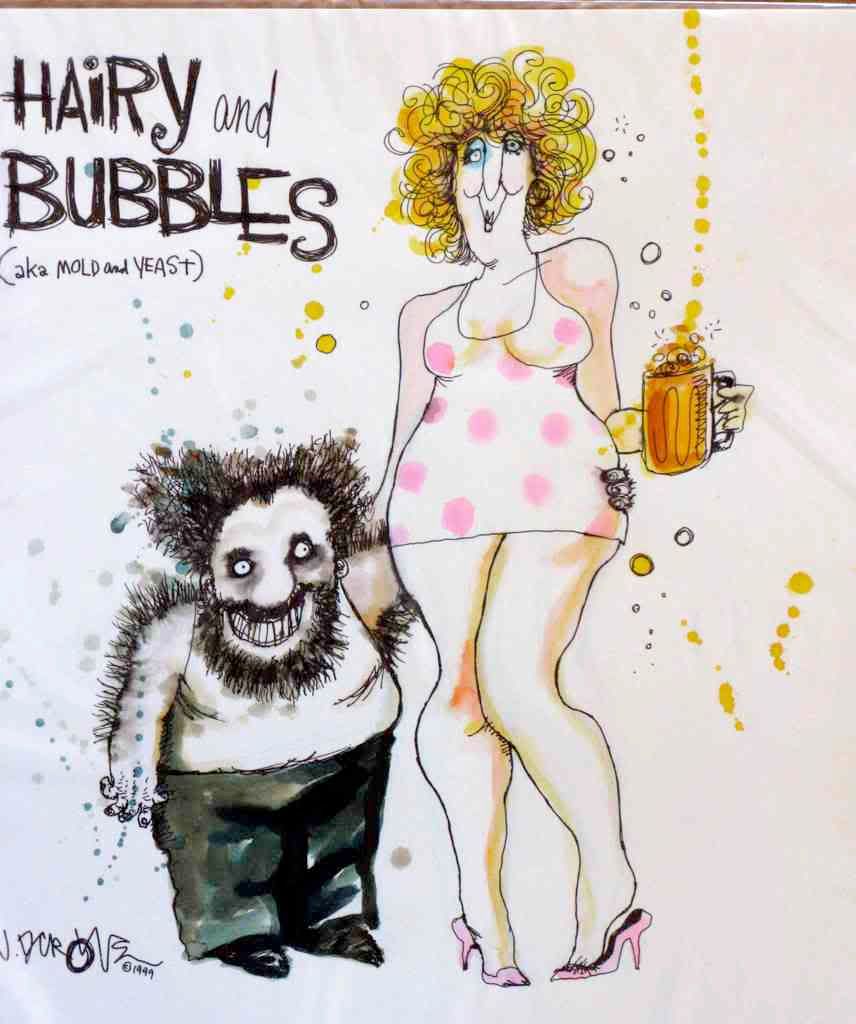 December 19, 2008
December 19, 2008Anyone who thinks that we've heard the last of melamine is sorely mistaken.
During the first week of December, member countries of the European Union reported three instances of melamine contamination:
- Germany found 275.3 ppm in ammonium bicarbonate baking agent from China
- Germany also reported 6.3 ppm in a dog treat – fish cookies with cheese – from China
- Slovenia detected 162 ppm in milk products, and uncovered an attempt to illegally import milk and animal products into the country from China
Two more melamine-contaminated products – ammonium bicarbonate (81 and 128 ppm) and rice protein concentrate (21,000 ppm) – were reported the following week.
On December 5th, the World Health Organization's expert panel recommended a "Tolerable Daily Intake" for melamine of 0.2 mg per Kg of body weight – a 60% reduction in the previous recommended intake limit of 0.5 mg/Kg on which governments had based their interim maximum allowable levels for melamine in food.
After the WHO report was issued, Canada reduced its maximum allowable limit for melamine in infant formula and sole source nutrition products to 0.5 ppm from 1.0 ppm. Other governments, as far as we can tell, have not yet followed suit.
"Trace" amounts of melamine are turning up in foods – even infant formulas – that never came within sight of China's borders. For example, low levels – 0.25 ppm or less – of melamine and cyanuric acid (a related compound) showed up recently in infant formulas manufactured in the United States.
These findings are not due to deliberate adulteration, as was the case in China. Rather, melamine finds its way into foods via several routes:
- migration from plastic food-contact surfaces;
- migration from cleaning sponges;
- residual melamine from food sanitizing solutions used in processing plants; and
- metabolism of cyromazine and certain other pesticides by plants and animals.
The 2007 contaminated pet food incident opened our eyes to the danger posed by the combined ingestion of melamine and cyanuric acid – both previously thought to be very low health risks. This year's tragedy in China has made all of us aware of the prevalence of melamine in our food.
There are actions that we consumers can take to reduce the risk of melamine migration into our food, especially food that we feed our children. Eliminating melamine from our food supply, however, will require the concerted action of farmers, food processors and regulators.
Check back tomorrow for more on how melamine finds its way into your family's food.





A Vet Path journal published a new article about pigs being poisoned in 2007 with a combo similar to what was in pet foods.
ReplyDeletehttp://xtremepetfoodconsumersunited.wordpress.com/2009/12/01/the-pigs-in-thailand-were-poisened-in-2007-too/
Dear Anonymous,
ReplyDeleteThank you for posting this useful link.
Phyllis